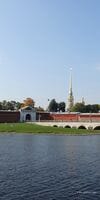The Ioannovsky Ravelin is a former auxiliary defensive structure on the eastern side of the Peter and Paul Fortress in St. Petersburg (Zayachy Ostrov), intended to cover the fortress wall and gate.
Within the walls of the ravelin are: the Museum of Cosmonautics and exhibition rooms, a cafe, a souvenir shop and a ticket office with the information center of the Peter and Paul Fortress.
Initially, the ravelin was built, presumably, in 1705, and, like all the structures of the fortress at that time, consisted of wood and earth (wood-earth fortifications).
The name" Ioannovsky", ravelin received in honor of Tsar Ivan V Alekseevich-the elder brother of Peter I and the father of the Empress Anna Ioannovna.
The construction of the ravelin in stone took place in 1731-1740 according to the project of the military engineer B.-X. Minich. The Nevsky facade of the ravelin (facing the waters of the Neva River) was lined with granite slabs in 1778, designed by engineer R. R. Tomilov.
To lift the guns and ammunition on the wall of the fortification were three gentle ramps-ramps.
The ravelin had a triangular shape, was located in front of the fortress water moat and served as an auxiliary structure of the fortress-it covered the Petrovskaya kurtina (a section of the fortress wall) with the Petrovsky gate.
In 1891, the fortress water moat was filled in. In 1894 and 1908-1909, the ravelin was rebuilt.
The barracks were located in the ravelin's casemates, and the guardhouse was located at the gate. In the left wing, in the late 1920s and early 1930s, the workshops of the first Russian experimental design organization for the development of rocket engines-the Gas - Dynamic Laboratory-were located; in 1973, the exposition "Museum of Cosmonautics and Rocket Technology" was opened, which is still working today.
Today, the St. John's Ravelin is an integral part of the Peter and Paul Fortress.
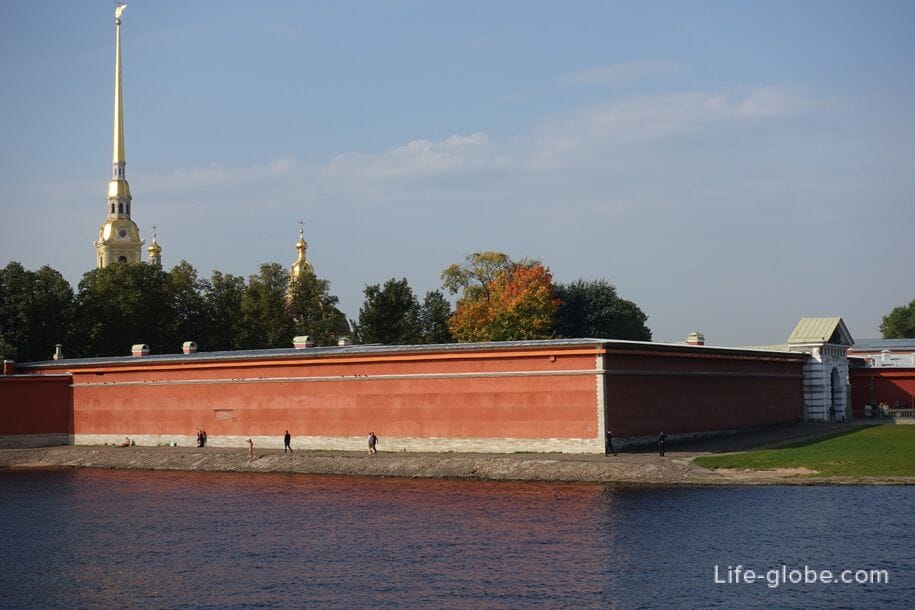
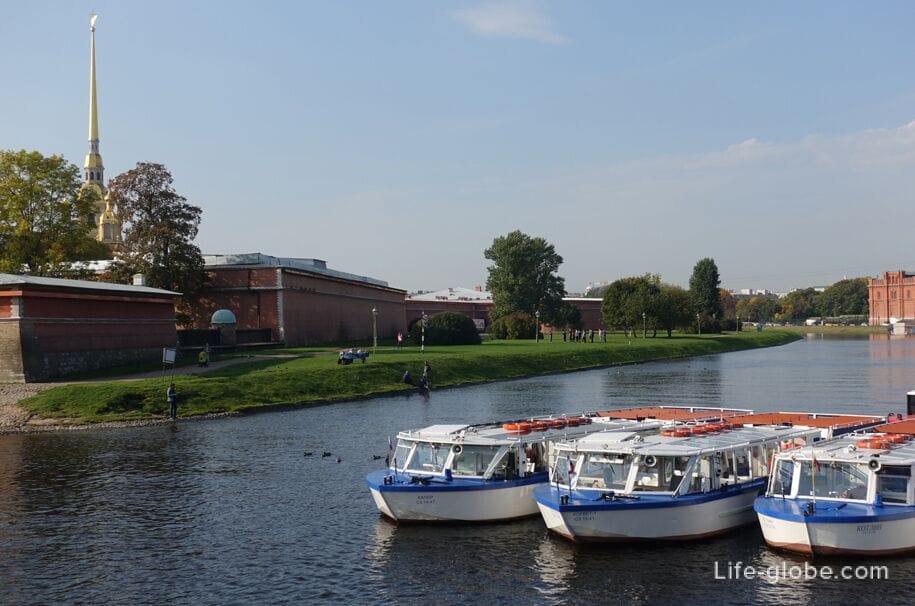
To ravelin, from Petrogradsky Island, through the Kronversky Strait leads Ioannovsky Bridge. In the wall of the St. John's Ravelin is the St. John's Gate.
The Ioannovsky Gate appeared in 1738-1740, when the ravelin was built of stone during the reign of the Empress Anna Ioannovna.
The author of the project of the gate was a military engineer Christopher Antonovich Minich, the construction work was directly supervised by Christian de Marin. Learn more about the gate…
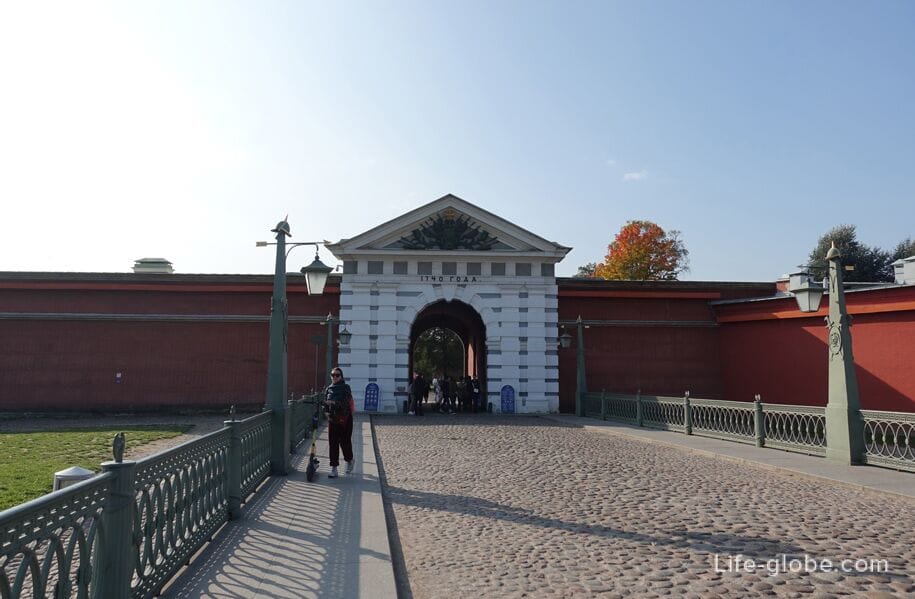
St. John's Gate from the side of the Peter and Paul Fortress

In the Ioannovsky Ravelin are located:
- ticket offices and information center of the Peter and Paul Fortress museums, toilets;
- exhibition and service rooms, conference hall;
- souvenir shop, cafe;
- The V. P. Glushko Museum of Cosmonautics and Rocket Technology, whose exposition is devoted to the history of Russian cosmonautics and rocket technology and the role played by St. Petersburg-Leningrad scientists, engineers and designers in the development of this area of domestic science and technology. Learn more about the museum...


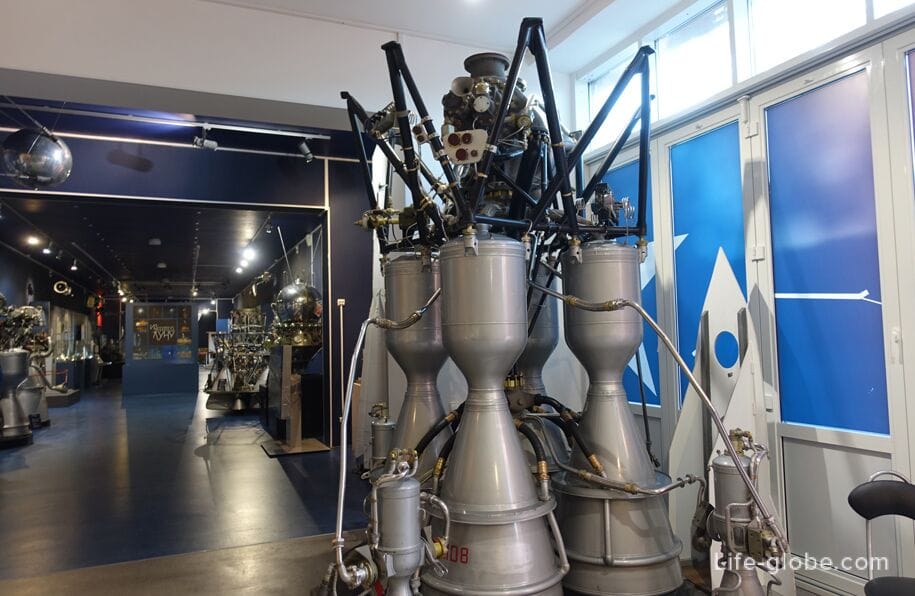
The territory between the Ioannovsky Ravelin and the Petrovskaya Kurtina today is a walking area with equipped paths, places for recreation, cafes and stands with maps of the objects of the Peter and Paul Fortress.
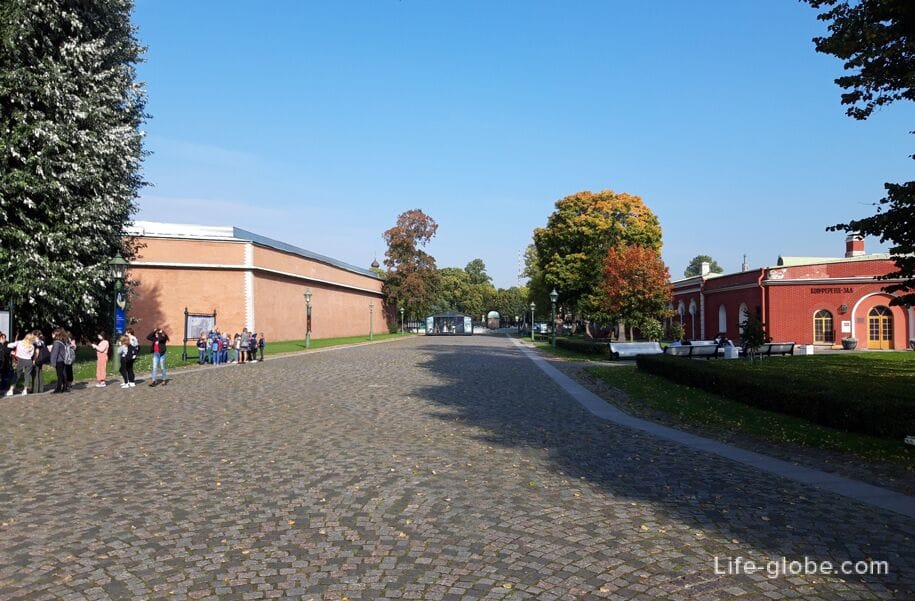
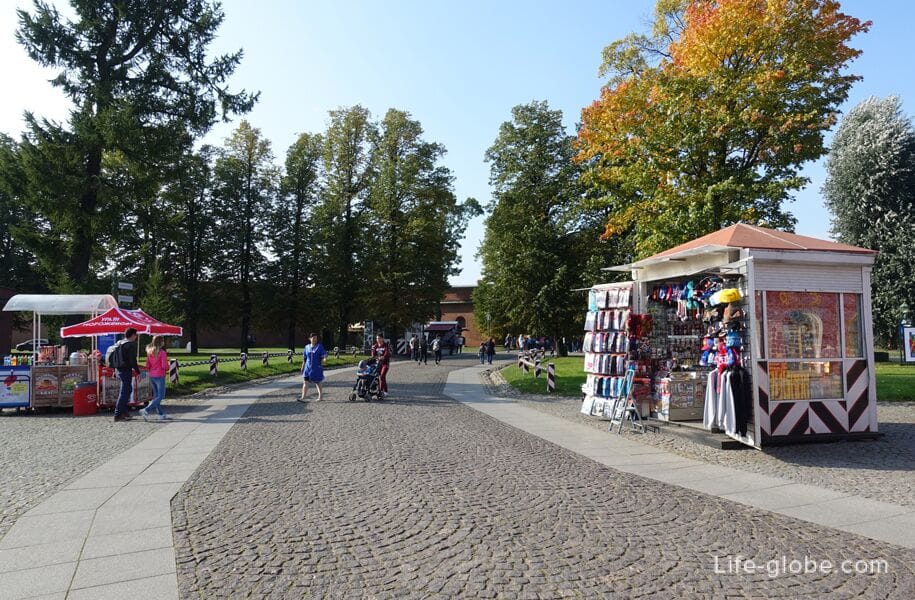
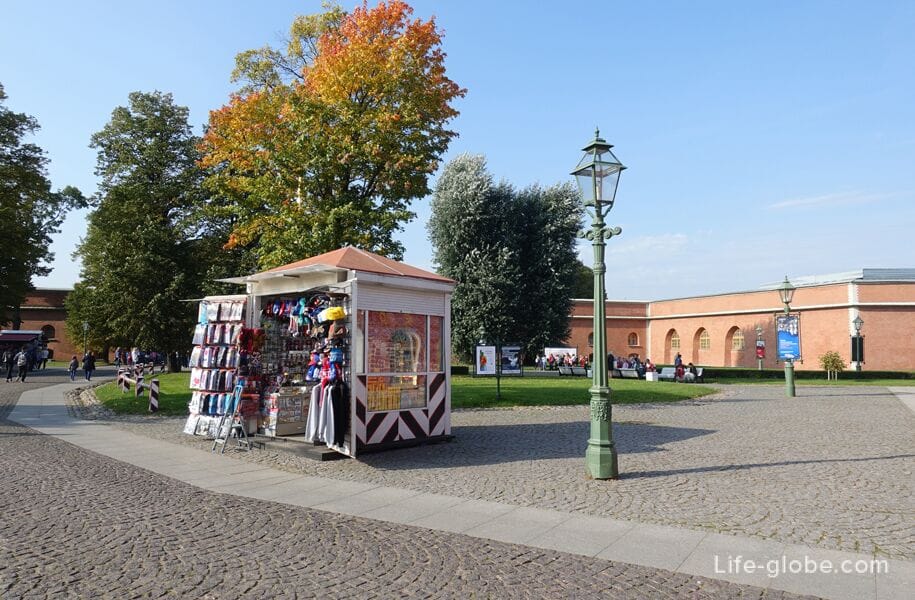
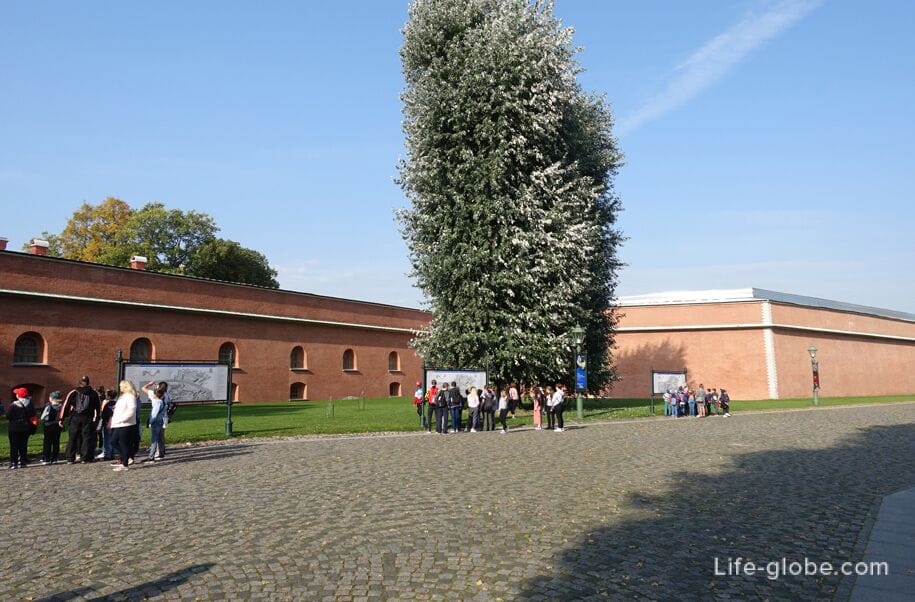
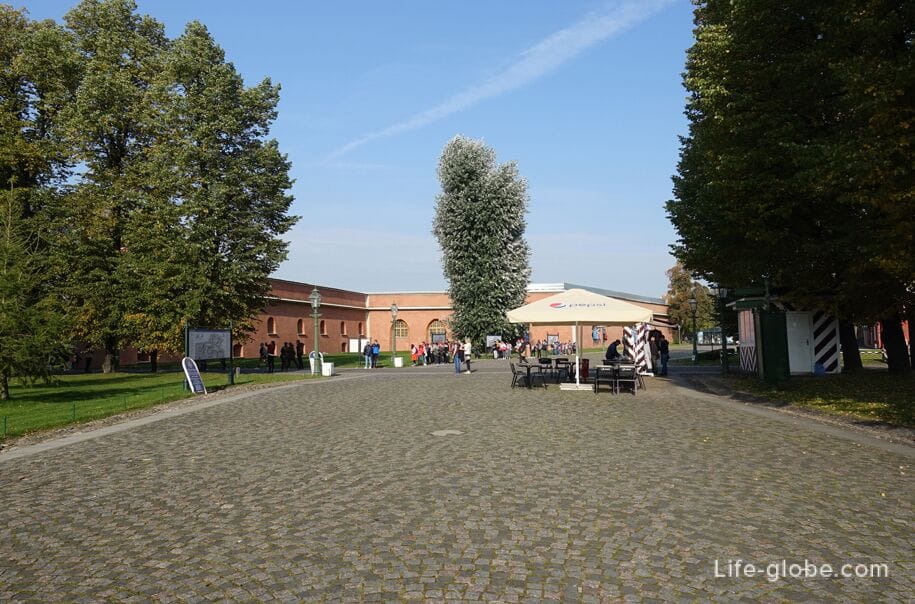
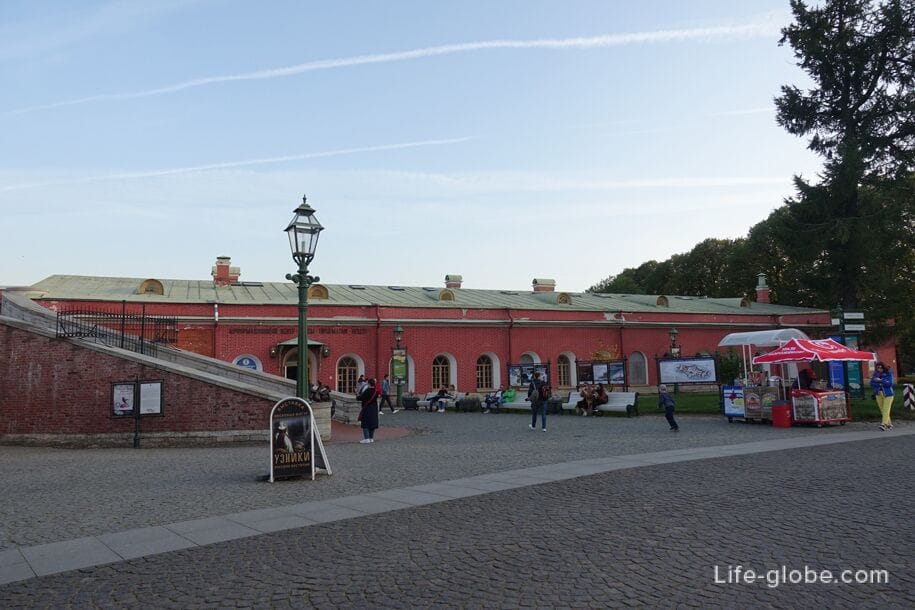
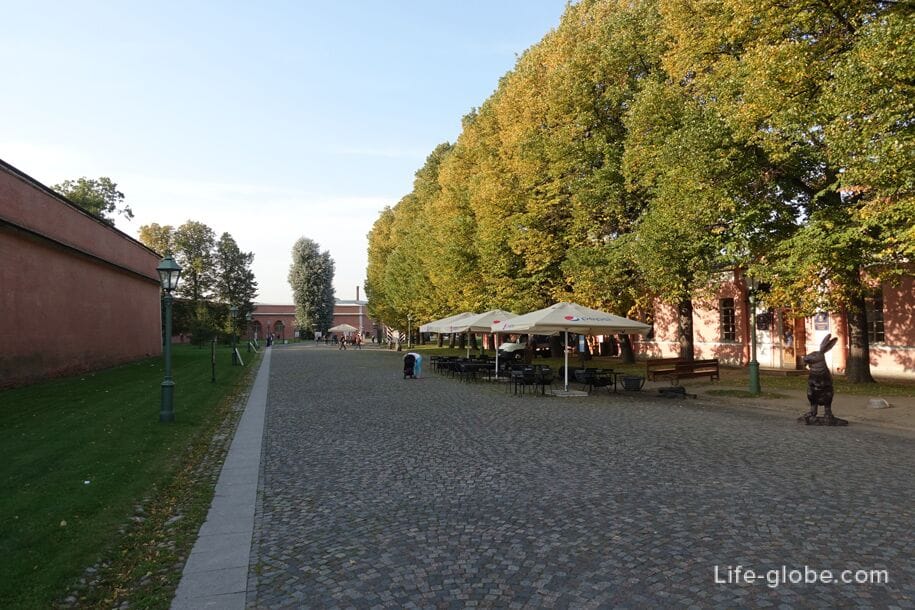
Since the Peter and Paul Fortress is located on Zayachy Island, its symbol is the hare. On the territory of the fortress there are many sculptures of hares, including nearSt. John's Ravelin:
- hares;

- sculpture of a hare near the Ioannovsky Gate;
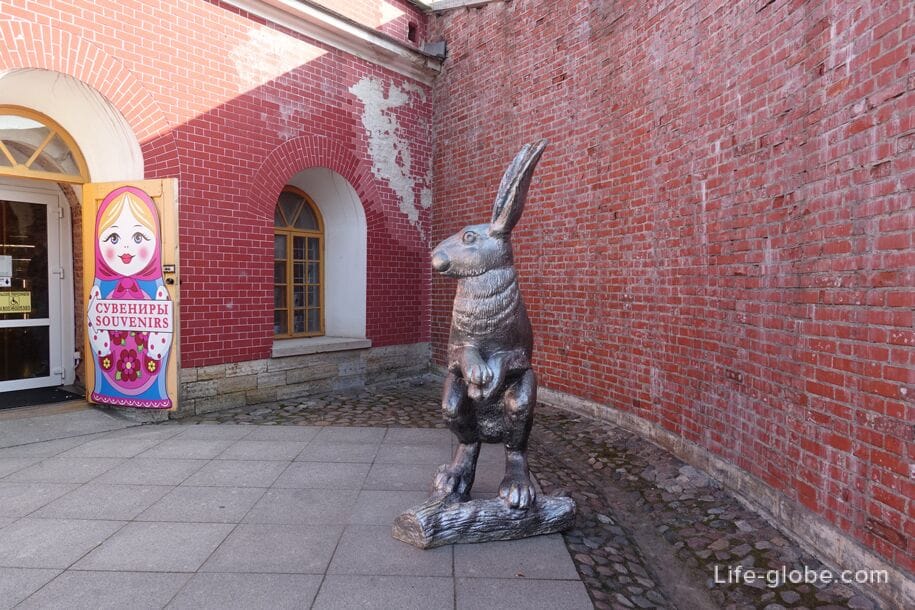
- the famous and photographed sculpture of hares near the ramp;
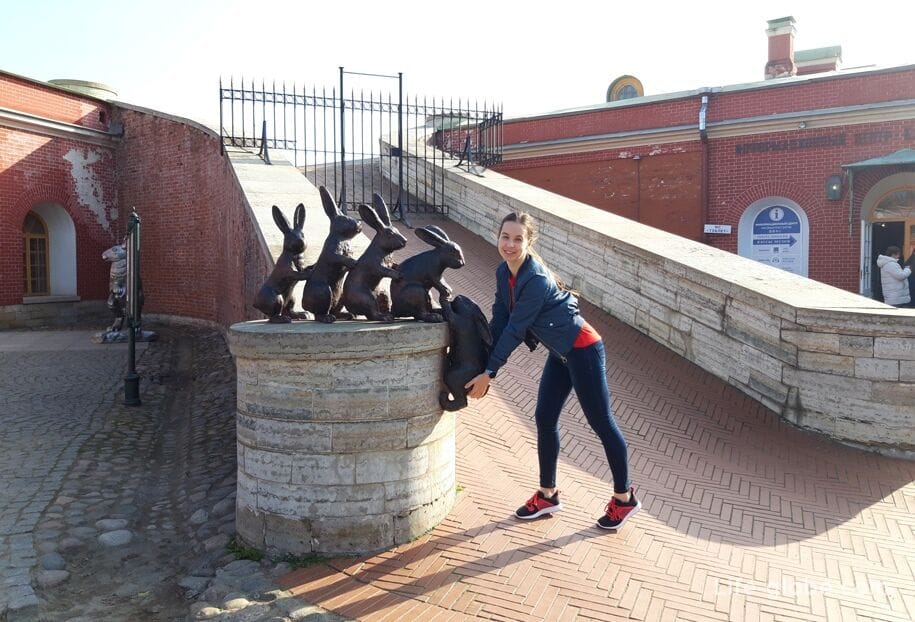
- sculpture of a hare near the southern end of the ravelin. Several rabbits also live here.
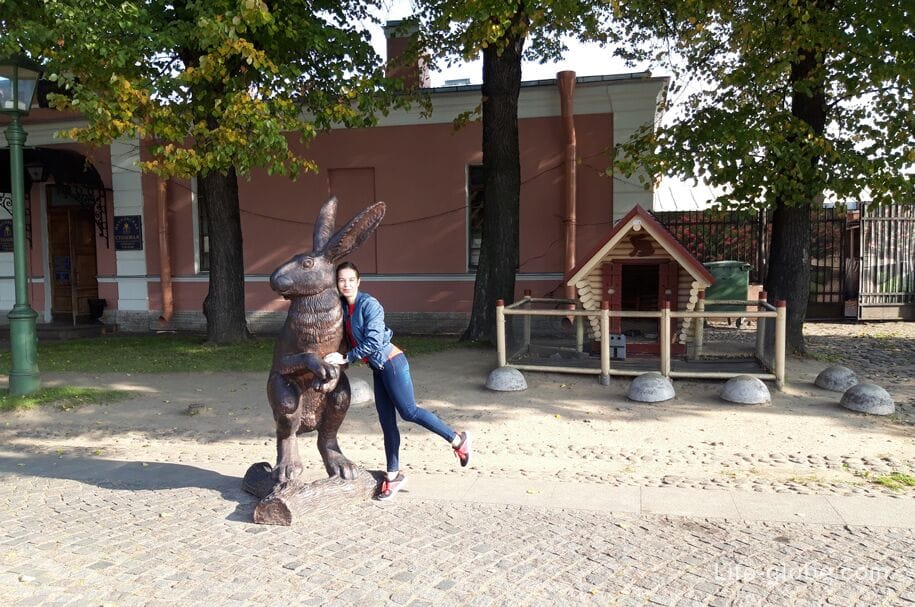
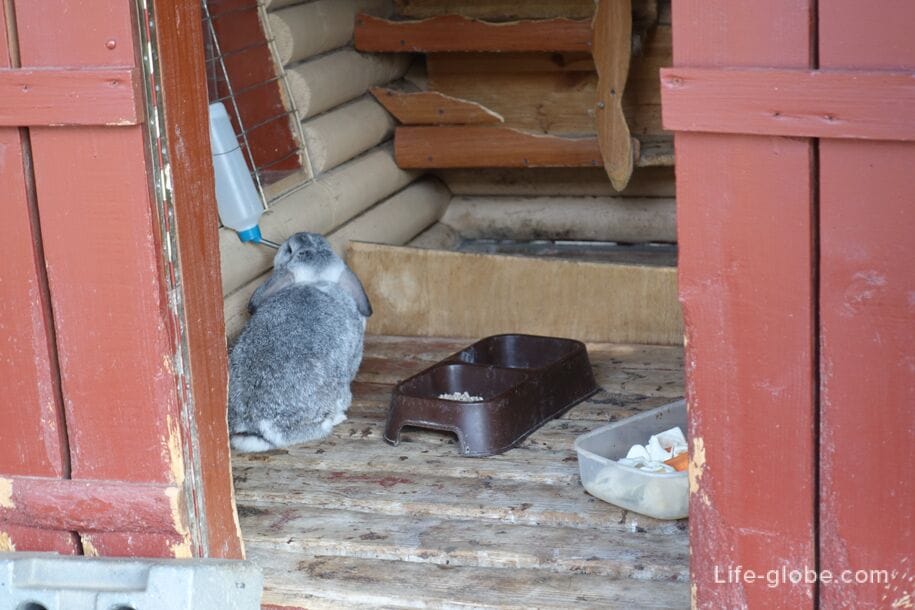
Near the Museum of Cosmonautics, on the northern inner side of the ravelin, there are:
- busts: V. P. Glushko-the founder of the domestic rocket engine building, S. P. Korolev-the main organizer of the production of rocket and space technology and rocket weapons in the USSR and the founder of practical cosmonautics, Yu. A. Gagarin-the pilot-cosmonaut of the USSR;
- the lander of the topographic satellite "Comet", which visited space in the 1990s.
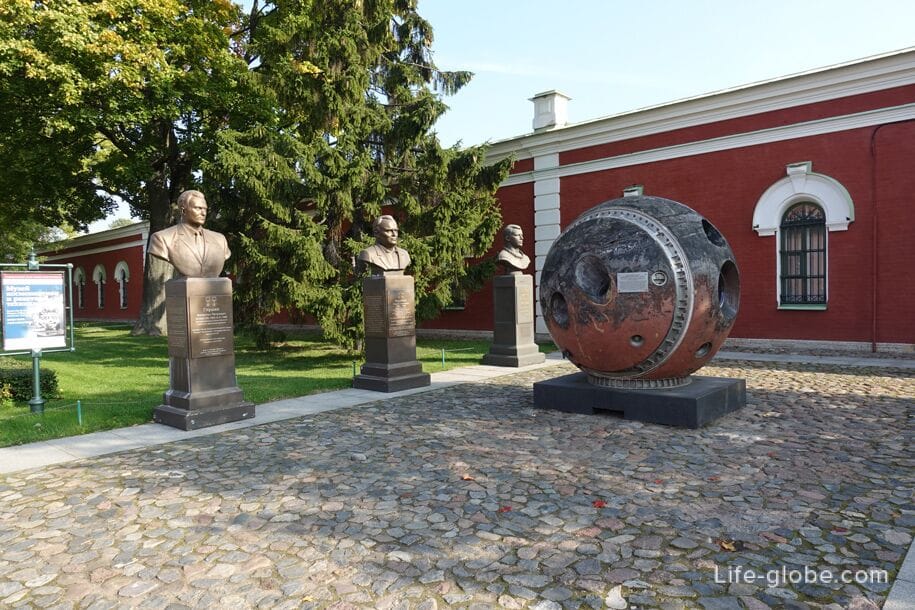
Botardo of the St. John's Ravelin
Botardo-stone dams with towers and a palisade, which were built in the 1730s according to the project of the military engineer B.-X. Minich.
They blocked the access of ships from the Neva River and the Kronverk Strait to the moat of the Ioannovsky Ravelin. The underwater parts of the dams had barred arches for the free flow of water. In 1787, the southern botardo, facing the Neva, was faced with granite, and the northern one, facing the Kronverk Strait, in 1794 was lined with a bream plate. The wooden palisade was replaced with a cast-iron one. With the construction of a through passage in 1892 on the site of the filled-in moat, the palisades of both botardos were removed.
View of the former northern botardo
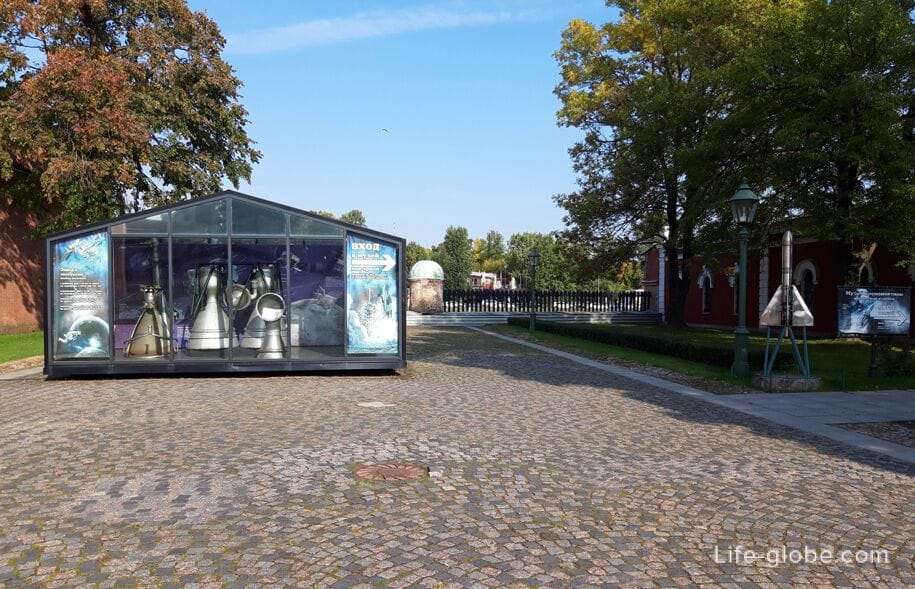
From the southern botardo side, you can enjoy panoramic views of the Neva River, Trinity Bridge and Palace embankment.
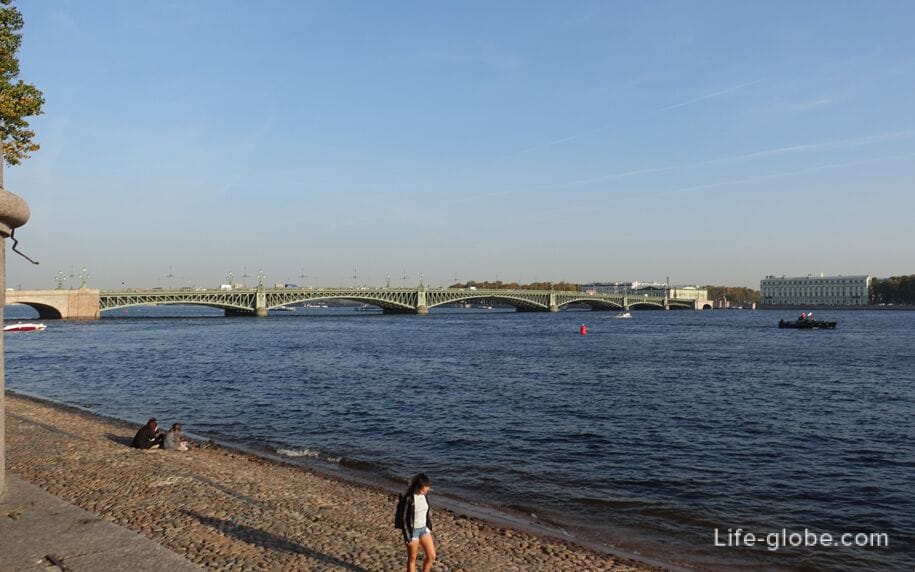
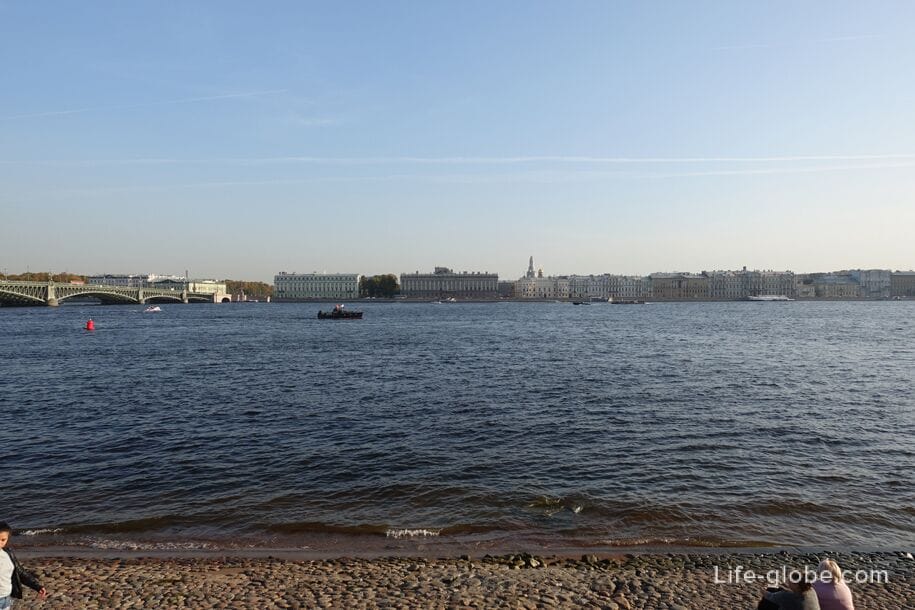
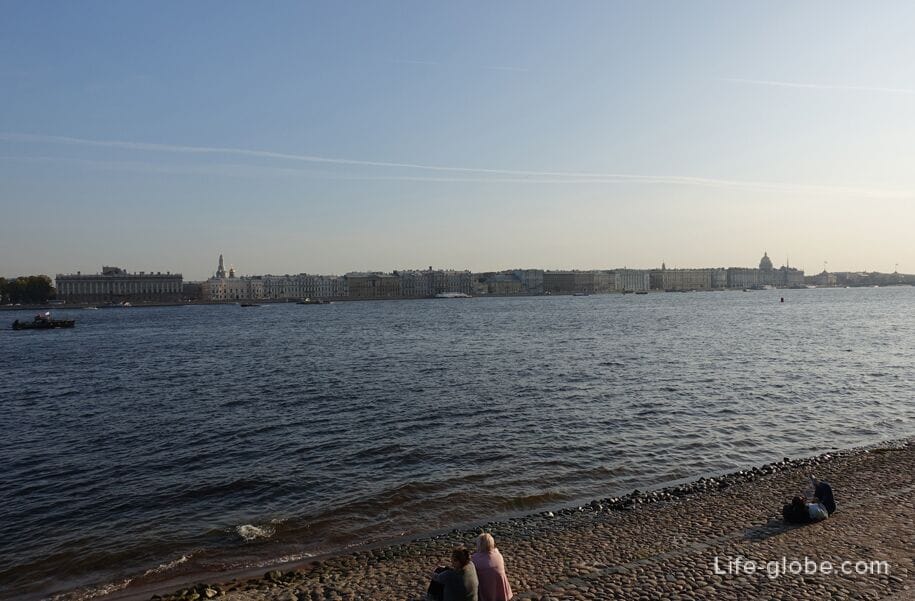
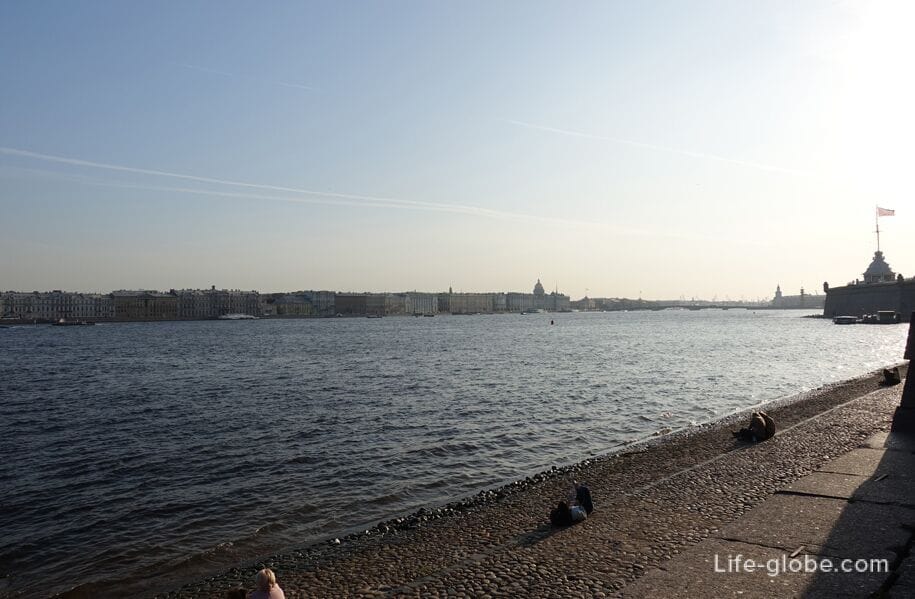
Petrovskaya kurtina and the gate
The territory behind the Ioannovsky Ravelin leads to the Petrovskaya Curtin (a section of the fortress wall) with the Petrovsky Gate, which connectsGosudaryov and Menshikov bastions.
Peter's curtain wall was built in stone in 1717-1719 by the architect and engineer-fortifier D. Trezzini instead of a wood-earth fortification. Under the kurtina, near the Menshikov bastion, there was a fortress canal, filled in in 1882. Initially, the curtain had twenty two-tier casemates. In 1907-1909, they were rebuilt in single-tier with a change in window openings.
The casemates were adapted for the barracks of the Invalid, Artillery and Engineering companies of the fortress garrison, officers ' quarters, warehouses of food and construction materials. To the right, at the Petrovsky Gate, there was a guardhouse-a guardhouse, with two casemates for the general detention of prisoners. At the end of 1825 - the beginning of 1826 there were sailors of the Guards crew-participants of the Decembrist speech.
In 2003, a fragment of the fortress canal was discovered and made a museum. Learn more about Petrovskaya Kurtina...
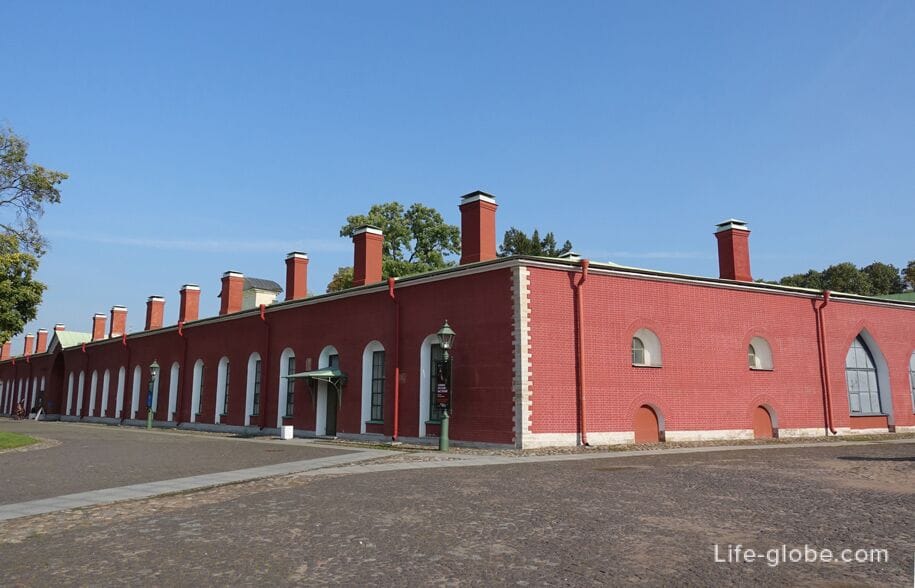
Peter's Gate is the main main entrance to the Peter and Paul Fortress. They were built in 1703 in honor of the liberation of Russian lands from the Swedes in the Northern War.
In 1916-1917, the upper wooden tier of the gate was rebuilt in stone.
During the history of the gate was subjected to restorations. Learn more about Petrovsky Gate…
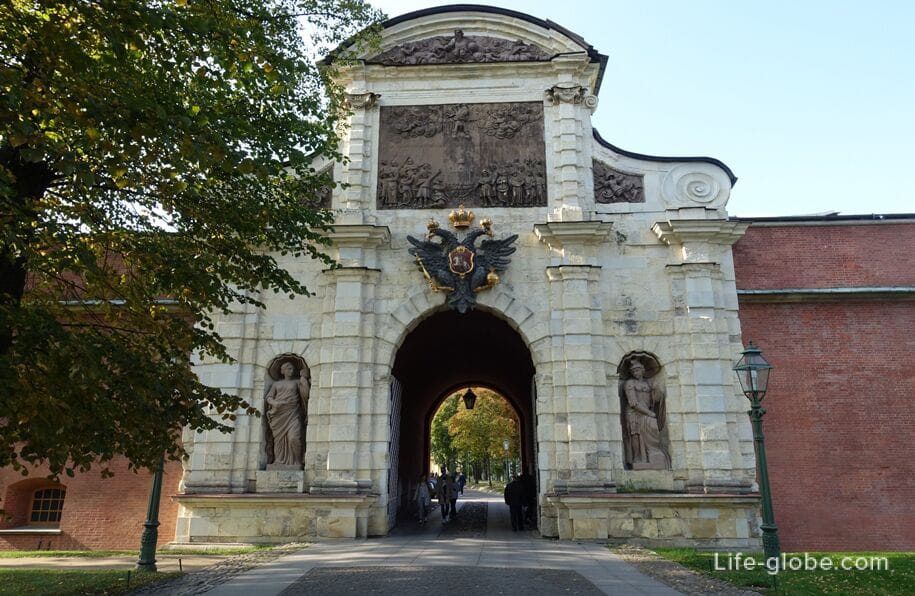
Practical information
The Ioannovsky Ravelin is located in the eastern part of the Peter and Paul Fortress.
Ioannovsky Ravelin on the map-scheme of the Peter and Paul Fortress

The entrance to the territory of the Peter and Paul Fortress is free (free of charge).
You can also visit the Peter and Paul Fortress with one of the excursions
Nearest metro stations: "Gorkovskaya" and "Sportivnaya".
All accommodation facilities in Saint Petersburg, including in the city center and near the Peter and Paul Fortress, can be viewed and booked here




